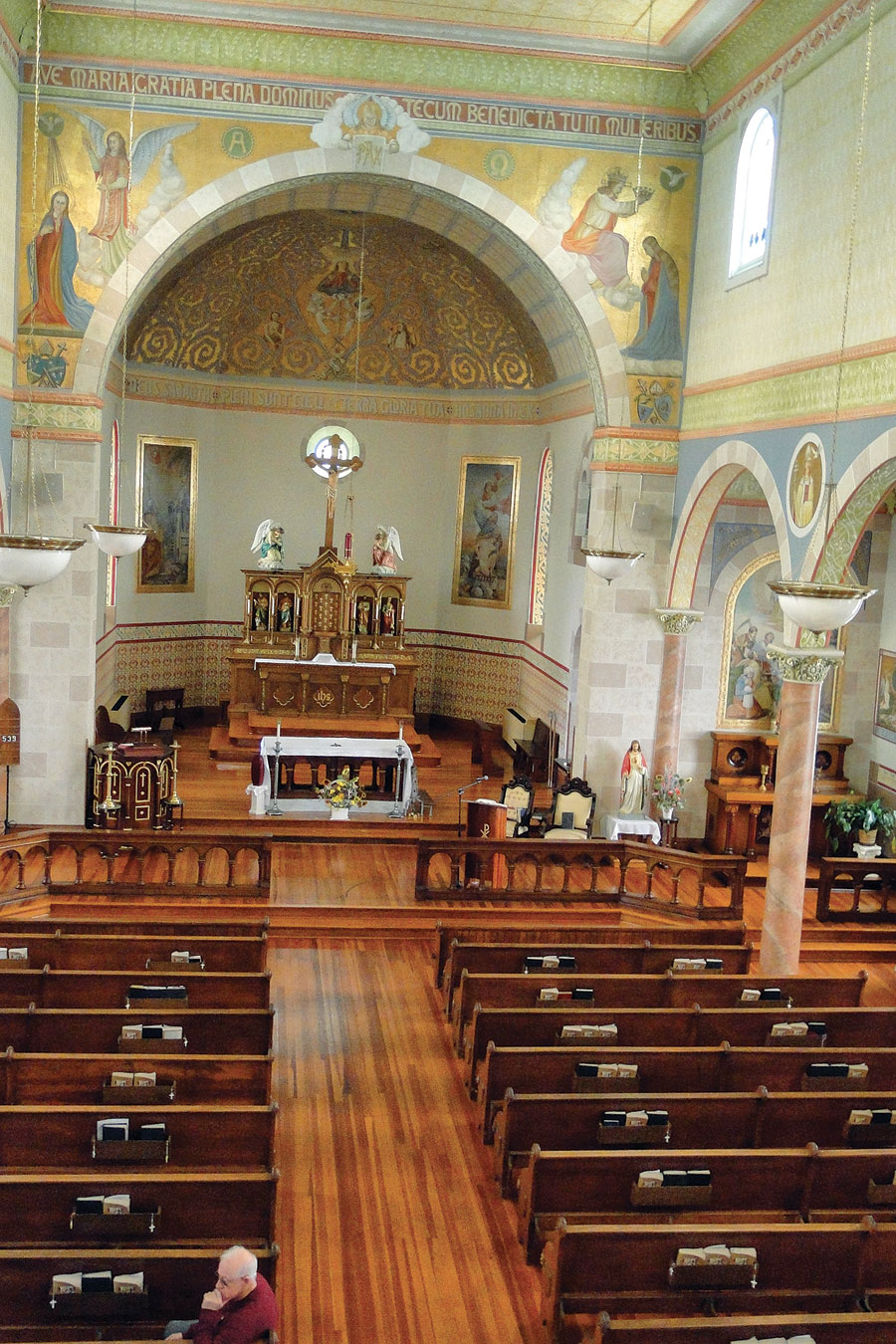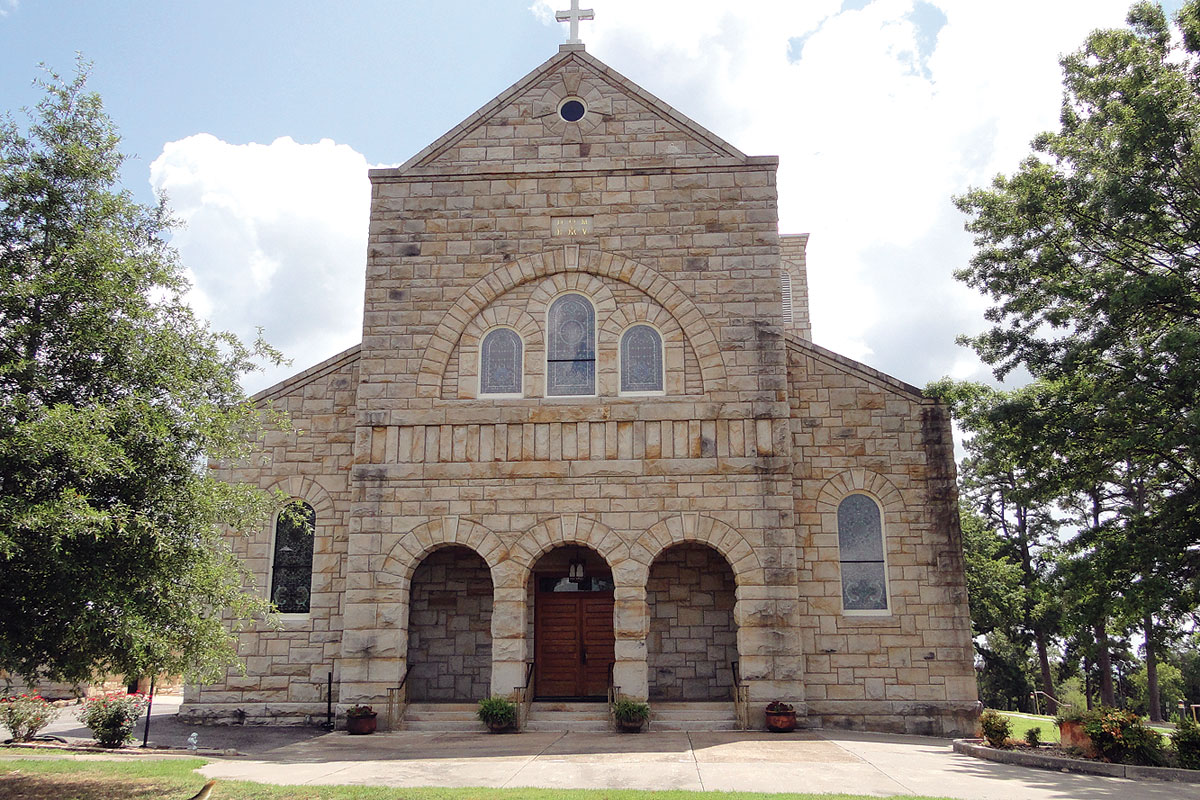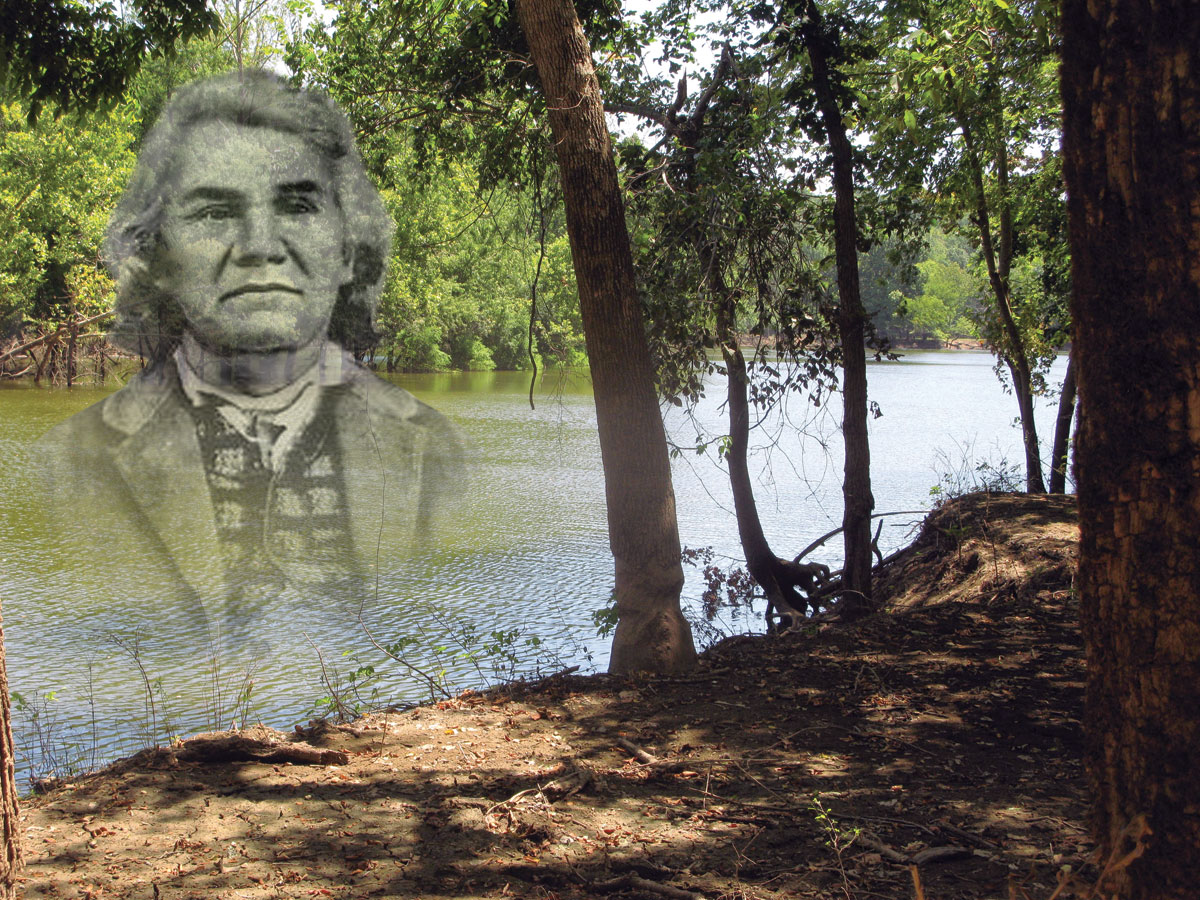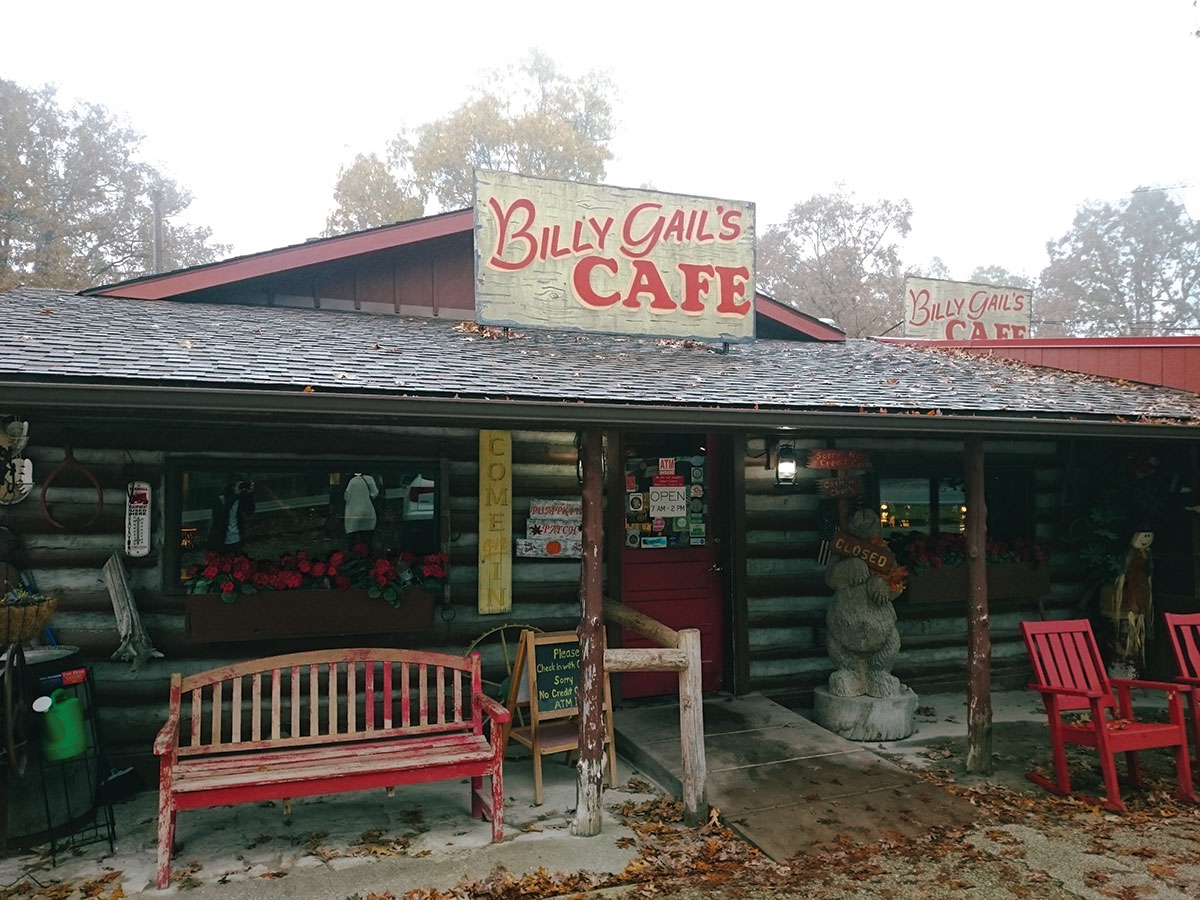
St. Mary’s Parish in Altus, Ark., was founded in 1879 as a result of the railroad expansion
The railroad industry made fortunes while uniting the country. Though driving the golden spike uniting East to West is the most famous event in its history, the industry continued to expand to different locations along its main trunks.
The Little Rock and Fort Smith railroad had thousands of acres open for settlement and in 1877 decided to advertise cheap land in Germany and Eastern Europe.
Altus, Ark., was the high point on the railroad between Little Rock and Fort Smith with the name coming from Latin and defined as high, deep, noble or profound. The name perfectly describes the area but perhaps applies best to St. Mary’s Parish officially founded in 1879 though masses may have taken place in Altus for some time previously.
The original wooden structure site is now under the parking lot of the current site. Construction began there in 1901; using sandstone quarried from the hill on which it stands. Close inspection of the pillars in front reveal marks from the tongs used to pull the heavy blocks from the quarry where a block and tackle with a mule was used to lift the rock and swing it into place. The total construction took 4,000 days of donated parishioner labor and paid contractors and stonemasons.
The building is designed according to traditional Basilica lines, that is oblong with double colonnades and an arched and impressive semicircular area containing the altar. Other impressive parts of the structure are stained glass windows and bells, both commissioned in St. Louis. Stained glass pieces were shipped in crates of sand and assembled on-site. The color and style of each window is reflective of stained glass art at its peak with vibrant colors, exquisite design and masterfully painted faces and other details. The four bells, with a total weight of almost 6,500 pounds, were hauled up to the mountain by teams of horses or mules. In times past the bells were used to announce deaths and annual special events and still ring harmonically across the valley announcing services.
The church’s interior remained undecorated until World War I when Benedictine pastor Placidus Oechle made template sketches based on the great masters of Europe with Fridolin Fuchs applying the paint for numerous breathtaking paintings adorning the walls. The paintings were done on canvas and attached to the walls by whipped egg whites, which served as glue. The arches are also decorated in intricate, old world tradition although in the 1960s the beautiful decorated designs on the arches and walls were painted over because of damage. In 1999 the parish commissioned Conrad Schmidtt Studios from New Berlin, Wis., to restore the traditional decorations which included carefully removing the white paint before repairing damage. Restoration began mid-April and continued through October beckoning tourists and worshipers alike.
During the holy year of 2000, St. Mary’s was designated as a pilgrimage site due to its artwork, construction, and most of all atmosphere. Pilgrims enter the hushed, meditative atmosphere and are filled with the peace so earnestly created.
When the new church was dedicated, a small foot-pumped organ provided music in addition to parishioners who created a band using trumpet, trombone, violin and any other instruments they had available. In 1925, St. Mary’s purchased a 1897 JG Pfeiffer used, tracker pipe organ for $500. One necessary accommodation was the construction of a “prow” in the choir loft to accommodate its size. In 1986 the organ was fully restored at a cost over $100,000. The organists for Sunday mornings are Rosemary Timmerman Warden and choir director Amy Post Sexton with Braxton Leding or Cantor Tanner Fritchie substituting as needed. Their mastery of the 15 rank organ with its tracker action gifts parishioners with hauntingly compelling and sacred music.
“Playing this beautifully restored organ is a privilege that feeds me as well as the congregation,” Amy said. “Our church is a generous, quiet and welcoming place with the organ being an integral part of making everyone welcome.”
One of Amy’s earliest church memories is turning around to see her father singing in the choir and getting her hand spanked for doing so though she was free to weave in and out of gatherings outside after mass. Another parishioner, 87-year-old Gertrude Vought, remembers singing in the choir for many years, just as her father had done. She began singing soprano in four-part harmonic pieces when she was only 10. Then, when she was a young mother of eight children, her husband went to a different Mass so he could watch their younger children while she sang.
The current congregation is comprised of 200 families, many of whom are descendants of the earliest parishioners to attend the church and whose last names still remain on the roster. Those names include Leding, Post, Eveld and Rofkahr. In that first year of 1879, the church members gathered to celebrate a Thanksgiving meal becoming a tradition and a fundraising event that continues featuring an auction of quilts made by the quilting club. Crafts and jams are also for sale. Thanksgiving dinners are sold by the plate with parishioners contributing pies while the rest of the meal is cooked in the parish hall’s commercial kitchen. Typically, 700 to 800 people attend which does not include take outs.
“Our beautiful church is in danger of serious damage because our air conditioning/heating system went kaput. A new system will cost more than $200,000, and our Thanksgiving fundraisers won’t come close to handling that cost. Any donation will be gratefully received,” explained Gertrude.







